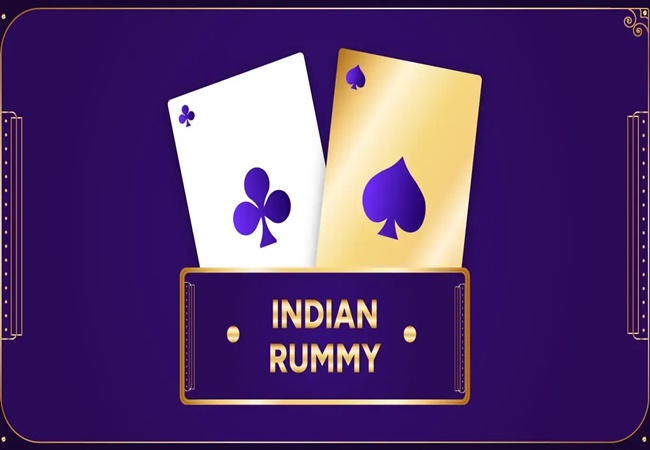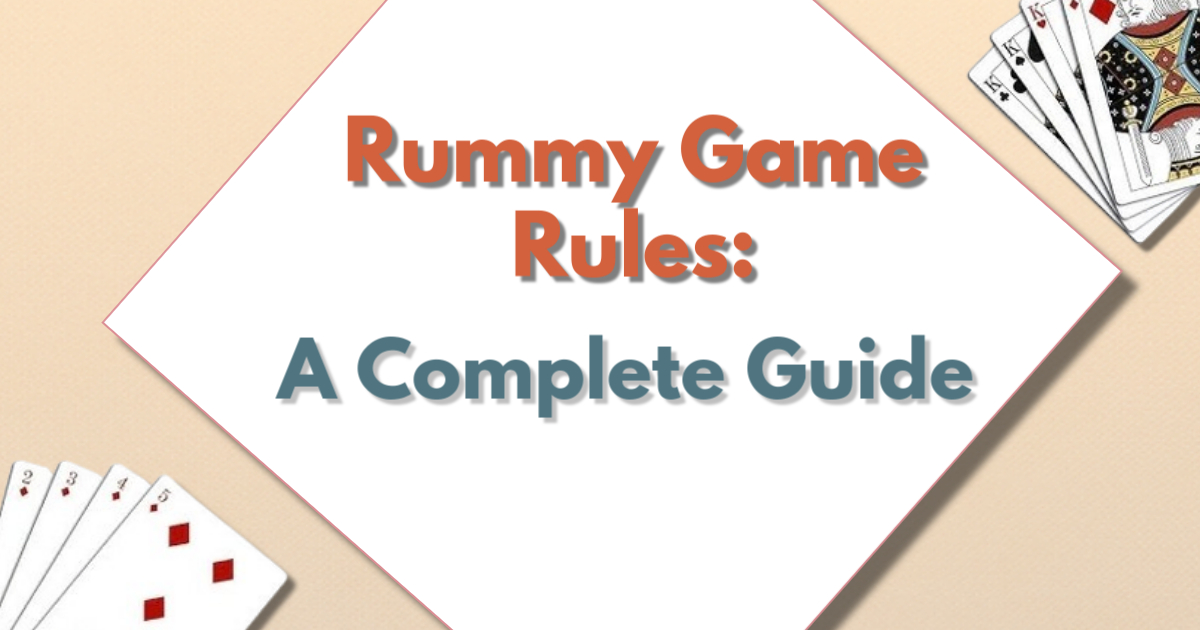Rummy Game Rules: A Complete Guide
Rummy is one of the most popular card games worldwide, known for its simplicity, strategy, and variety in rummy game rules.. Whether you’re new to Rummy games or looking to refine your skills, understanding the rules of the game is essential to enjoying and mastering it. This guide provides a comprehensive breakdown of the rules, types, and strategies of Rummy.

What Is Rummy?
Rummy is a matching-card game that requires players to form sets and sequences of cards based on their rank or suit. The ultimate goal of the game in Teen Patti Stars is to arrange all the cards in your hand into valid sets and sequences and then declare to win the game. Typically, Rummy is played with two to six players using one or more decks of standard playing cards, including Jokers.
Basic Objective
In Rummy game rules, the objective is to organize all the cards in your hand into two types of valid combinations:
- Sets: A group of three or four cards of the same rank but different suits (e.g., 7♠ 7♥ 7♦).
- Sequences (or Runs): A sequence of three or more consecutive cards of the same suit (e.g., 5♣ 6♣ 7♣).
Each player tries to draw and discard cards in turns to achieve the valid combination of cards as quickly as possible. According to rummy game rules, the player who successfully arranges their hand into sets and sequences and makes a valid declaration wins the game.
Types of Rummy Games
There are multiple variations of Rummy game rules, each with its own specific rules. Here are the most popular versions:
1. Indian Rummy
Indian Rummy, also known as Paplu, is played with 13 cards and typically involves 2-6 players. The goal is to form valid sets and sequences, with at least one pure sequence (a sequence without a Joker). Players can pick up and discard cards from the open or closed deck to make their hand.
Key Rules:
- Players must form at least one pure sequence.
- The game uses two decks of cards and two Jokers.
- A valid declaration must have two sequences, one of which must be pure.
2. Gin Rummy
Gin Rummy is a two-player variant where players aim to form sets and sequences while minimizing deadwood (unused cards that do not fit into any set or sequence). The game ends when one player knocks (declares) with a hand that has 10 points or fewer in deadwood.
Key Rules:
- Cards are dealt in sets of 10.
- Jokers are not used in Gin Rummy skills.
- Players can knock to end the game when their deadwood count is 10 or fewer points.
3. Rummy 500
Rummy 500, or 500 Rummy, is played by 2-8 players. The game is won by reaching 500 points through multiple rounds. Points are accumulated based on the value of the cards in sets and sequences. According to rummy game rules, players can also pick up discarded cards from the pile, not just the top card.
Key Rules:
- Players aim to reach 500 points over multiple rounds.
- Players can take more than one card from the discard pile.
- Points are scored based on the card values in valid sets and sequences.
4. Contract Rummy
Contract Rummy is a progressive version of the game that involves a specific number of deals or rounds. Each round has a different “contract” that players must fulfill, such as forming two sets or one set and one sequence.
Key Rules:
- The number of rounds is fixed, usually seven.
- Each round has a unique requirement (contract) that players must complete.
- Players earn points based on cards left after meeting the contract.
Understanding the Cards in Rummy
In most variations of Rummy game rules, it is played with a standard deck of 52 cards plus a variable number of Jokers (wildcards). Jokers can be used to substitute for any card to help form sets or sequences, although some rules limit their use in forming pure sequences.
- Face Cards (J, Q, K): Each of these cards carries 10 points.
- Number Cards (2-10): These cards carry points equal to their face value.
- Ace: Can be used either as 1 point or as the highest card (14 points) depending on the sequence.
- Jokers: Wildcards with no fixed points; they help substitute missing cards in a set or sequence.

The Basic Gameplay Flow
The Rummy game rules follows a series of repeated turns where players take the following actions:
- Dealing Cards: The dealer shuffles the deck and deals a specific number of cards to each player. In a typical 13-card Rummy game rules, each player receives 13 cards. The remaining cards form the draw pile.
- Drawing a Card: At the start of their turn, each player draws one card. This card can either be drawn from the draw pile (face down) or the discard pile (face up).
- Discarding a Card: After picking up a card, the player must discard one card onto the discard pile, thus maintaining the same number of cards in hand. Players discard cards they find less useful for forming valid combinations.
- Forming Sets and Sequences: Throughout the game, players focus on arranging their cards into valid sets and sequences. The game continues until one player has arranged all their cards in the required format and declares.
- Declaring: To declare, a player must show their cards to the other players, proving they have formed valid sets and sequences. The game only ends if the declaration is valid according to Rummy game rules.
- Scoring: Once the game concludes, the other players’ hands are evaluated. Any cards left in their hands that aren’t part of a valid set or sequence are counted as points. The winner earns points based on the unarranged cards in the other players’ hands.
Strategies to Win at Rummy
While Rummy game rules is a skill and chance, implementing some strategic approaches can improve your odds of winning:
1. Prioritize a Pure Sequence
Always aim to complete a pure sequence as soon as possible, as it’s a mandatory requirement for a valid declaration in many Rummy variants. Without a pure sequence, no declaration will be considered valid, even if all other cards are arranged.
2. Discard High-Value Cards Early
High-value cards (10, J, Q, K) can significantly add to your points if you lose. Discard them early unless they fit into a useful sequence or set. By doing so, you reduce the risk of accumulating deadwood points.
3. Use Jokers Wisely
Jokers are incredibly useful for completing sets or sequences, but avoid using them in a pure sequence. Try to save Jokers for difficult combinations where they offer the most value.
4. Observe Opponents’ Moves
According to Rummy game rules, paying close attention to the cards your opponents are picking up or discarding gives you insight into their strategy and helps you avoid discarding cards they may need.
5. Keep Rearranging Your Cards
As you pick and discard cards, constantly rearrange your hand to explore new combinations. This helps you stay flexible and quickly spot any winning opportunities that arise.
Conclusion: rummy game rules
Rummy is a captivating card game that offers a blend of strategy, skill, and fun. Whether you’re playing Indian Rummy, Gin Rummy, or any other variant, knowing the rules and mastering some strategic approaches can enhance your chances of winning. By focusing on forming sequences and sets, discarding high-value cards early, and using Jokers effectively, you can improve your gameplay and enjoy the thrill of Rummy game rules to its fullest.








